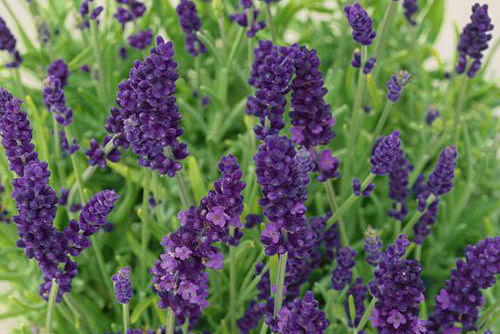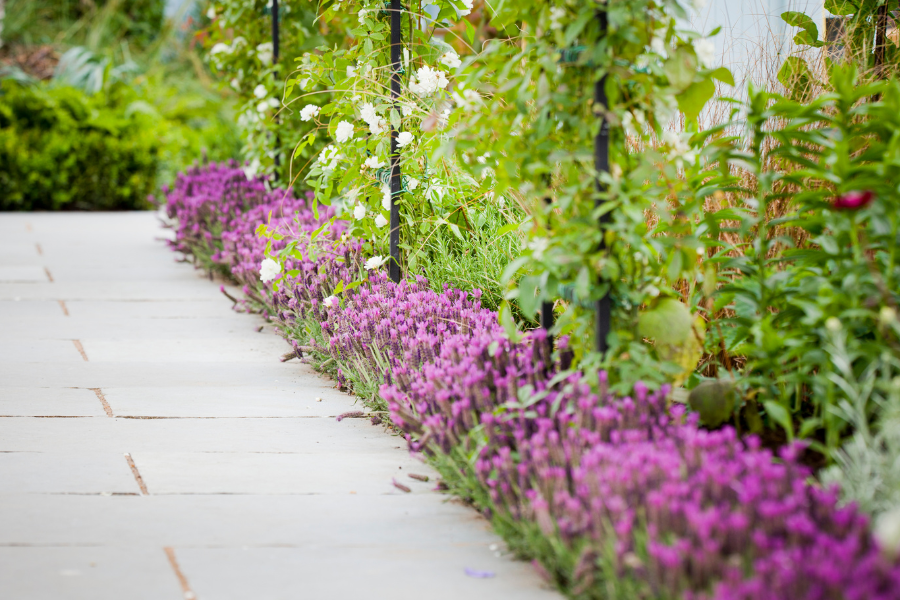How to grow and care for lavender plants
Lavender plants are a popular choice due to their attractive appearance and delightful fragrance.
Growing lavender plants can be a rewarding experience, but they do require specific care to thrive.
- Get 12 free Lavender Plants worth £19.99, just pay P&P. Offer ends 31st April 2023
Choosing the Right Location
The first step in growing lavender plants is choosing the right location. Lavender plants thrive in warm, sunny areas with well-draining soil. They do not like to have “wet feet,” so it’s crucial to avoid planting them in areas that stay waterlogged after rain. If your garden soil is heavy clay, consider planting lavender in raised beds or containers filled with well-draining soil.
Planting Lavender Plug Plants
When planting lavender, ensure you space them at least two to three feet apart to give them room to grow. Dig a hole slightly larger than the plant’s root ball, then set the lavender plant in the hole and backfill it with compost. Water well after planting.
It can take anywhere from 4-8 weeks for plug plants to establish and start producing new growth. During this time, it’s important to provide them with proper care. Make sure they are in a sunny spot and water them regularly.
 Watering Lavender
Watering Lavender
Lavender plants prefer dry to moderately moist soil. Overwatering can cause root rot, so don’t let them sit in waterlogged soil.
Once established, lavender plants can tolerate some drought, so it’s not necessary to water them frequently.
Water deeply once every week or two, depending on the weather conditions.
Pruning Lavender
September is a crucial time to cut back your lavender. After the flowers have faded, prune the plants to about one-third of their original size. This helps keep them compact and encourages new growth.
If you wait too long, you risk losing the regrowth and your plants won’t look as nice and clumpy.
Another good time to prune your lavender is in April. If you have really old plants, you can cut them back quite hard almost to the ground to rejuvenate them.
It’s important to avoid cutting into the woody stems of the plant. Instead, focus on the fresh growth from the current season. By doing this, you will ensure that your plants stay healthy and continue to produce abundant blooms.
- Get 12 free Lavender Plants worth £19.99, just pay P&P. Offer ends 31st April 2023
Winter Care for Lavender
Lavender plants can be susceptible to winter damage, particularly if we have a harsh winter with continued freezing temperatures like last winter.
To protect your plants, add a layer of mulch around the base of the plants in late autumn.
This helps to insulate the roots and protect them from cold temperatures. In the spring, remove the mulch once the weather warms up.
Pest and Disease Control for Lavender
Lavender plants are generally pest and disease-resistant, but they can be susceptible to root rot, especially in damp soil.
To prevent this, ensure the soil is well-draining, and avoid overwatering. If you notice any signs of root rot, such as drooping, yellow leaves or stunted growth, remove the affected plant promptly. Additionally, keep an eye out for aphids, which can be controlled with insecticidal soap or neem oil.
Lavender plants are slow-growing and may take several years to reach their full size and potential, but once established, they’ll provide many years of beauty and fragrance in your garden.
Lisa Lawrenson
Latest posts by Lisa Lawrenson (see all)
- Masterclass: How to grow a thick healthy lawn - March 31, 2024
- Lawn care – dealing with moss and thatch - March 22, 2024
- A beginners guide to Artificial Intelligence and Chat GPT - February 29, 2024
- 10 minute tutorial: How to arrange supermarket lillies into a stunning floral arrangement - January 1, 2024
- 10 health changes women should watch out for after 50 - January 1, 2024






















